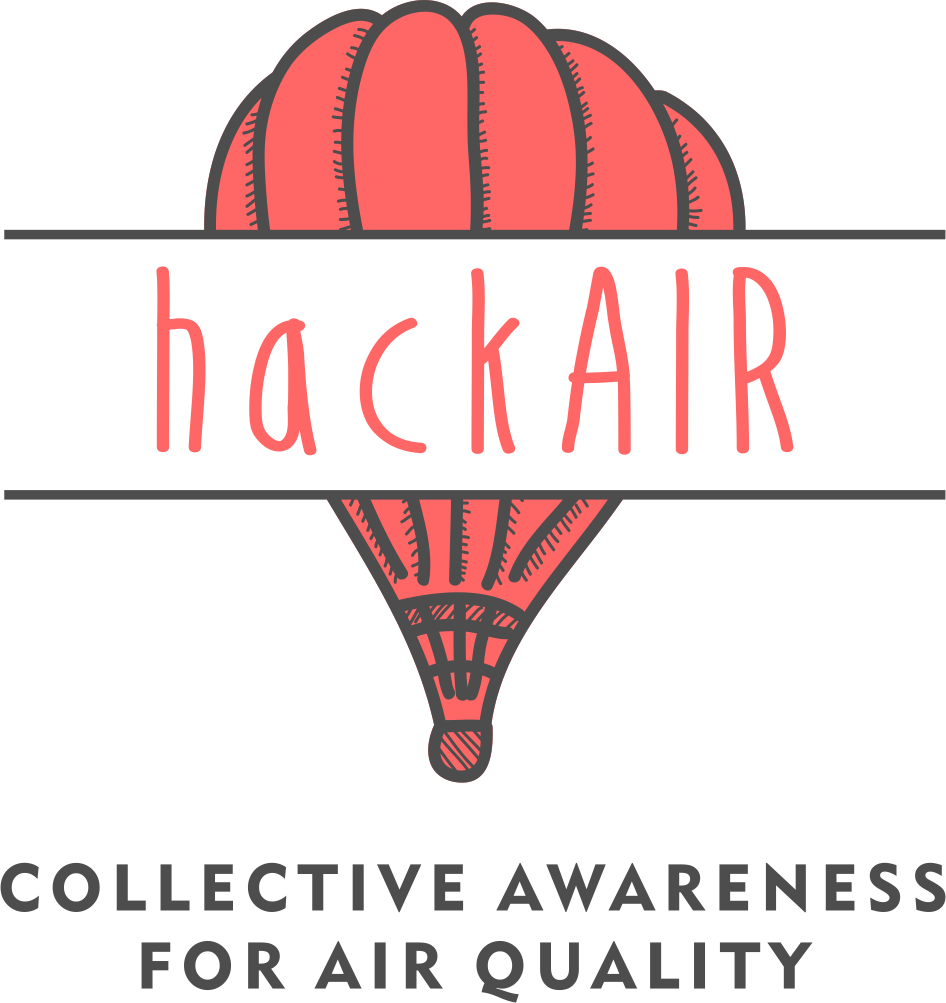This blog post has been written by Philipp Schneider, researcher at NILU (Norwegian Institute for Air Research). NILU is one of the hackAIR project partners.
The hackAIR project brings together air quality information from a wide variety of data sources. This includes data from low-cost sensor systems, air quality estimations based on sky photos, and air quality monitoring stations equipped with reference instruments. These data sources exhibit widely varying levels of accuracy and often measure quite different variables. In order to make sense of such heterogeneous information and to provide air quality information at locations where no measurements are available, the hackAIR project has developed a data fusion method. The method is based on geostatistics, a specific class of statistics that enables analysis and prediction of data connected to place and time.
This data fusion method can merge the various observations as well as model information resulting in a value-added map of air quality. Data fusion has been used in the hackAIR project primarily at the country-level and at relatively low resolution in the order of several kilometers.
Based on the existing maps, we wondered: can we increase the level of detail in these continuous maps? To find out, we conducted experiments with local-scale data fusion in recent months. For a case study in the city of Oslo, Norway we adapted the hackAIR data fusion framework to operate at very detailed spatial scales. We used the output of an urban-scale air quality model and the observations made by the network of hackAIR low-cost air quality sensors as well as information from official monitoring stations and applied the data fusion algorithm. The results are high-resolution up-to-date maps of urban air quality that take into account the measurements from a dense observation network. Such maps can be updated very frequently, whenever new observations are available. The maps represent a raw dataset for providing a wide variety of services including:
- real-time estimation of air quality at a user’s current location
- personalised exposure estimates along a previously taken or planned path through the city
- air-quality aware routing for cyclists and pedestrians: suggestions for alternative directions based on the lowest air pollution
 This is an example output of local-scale data fusion for the area of Oslo, Norway. We fused model output of PM2.5 with PM2.5 observations from the hackAIR sensor units (circles) and air quality monitoring stations (squares), resulting in an up-to-date high-resolution map of air quality.
This is an example output of local-scale data fusion for the area of Oslo, Norway. We fused model output of PM2.5 with PM2.5 observations from the hackAIR sensor units (circles) and air quality monitoring stations (squares), resulting in an up-to-date high-resolution map of air quality.
While the initial results of the case study look promising, more research is needed to ensure that this data fusion method works in a reliable way also at the very local scale. Once this is accomplished, the method will allow for providing personalized and hyper-local information on air quality to support users in making informed decisions.



